详细说明
Purity
>90%, by SDS-PAGE visualized with Silver Staining and quantitative densitometry by Coomassie® Blue Staining.
Endotoxin Level
<0.10 EU per 1 μg of the protein by the LAL method.
Activity
Measured by its binding ability in a functional ELISA. When Trehalose 6, 6'-Dimycolate is immobilized at 1 µg/mL (100 µL/well), the concentration of Recombinant Mouse CLEC4E Fc Chimera that produces 50% of the optimal binding response is approximately 8-48 ng/mL.
Source
Chinese Hamster Ovary cell line, CHO-derived
MDP Mouse IgG2A
(Glu98-Lys330)IEGR Mouse CLEC4E
(Thr46-Asp214)
Accession # Q9R0Q8N-terminus C-terminus Accession #
N-terminal Sequence
AnalysisMet
Structure / Form
Disulfide-linked homodimer
Predicted Molecular Mass
47 kDa
SDS-PAGE
54-63 kDa, reducing conditions
9238-CL |
| |
Formulation Lyophilized from a 0.2 μm filtered solution in PBS. | ||
Reconstitution Reconstitute at 500 μg/mL in PBS. | ||
Shipping The product is shipped at ambient temperature. Upon receipt, store it immediately at the temperature recommended below. | ||
Stability & Storage: Use a manual defrost freezer and avoid repeated freeze-thaw cycles.
|
Data Images
Bioactivity
| WhenTrehalose 6, 6'-Dimycolate is immobilized at 1 µg/mL (100 µL/well), Recombinant Mouse CLEC4E Fc Chimera (Catalog# 9238-CL) binds with an ED50 of 8-48 ng/mL. |
Background: CLEC4E
CLEC4E, also known as Mincle, is an approximately 30 kDa type 2 transmembrane C-type lectin that functions as an activating innate immune receptor (1). Mouse CLEC4E consists of a 19 amino acid (aa) cytoplasmic domain, a 21 aa transmembrane segment, and a 174 aa extracellular domain (ECD) that contains the C-type lectin domain (2). Within the ECD, mouse CLEC4E shares 65% and 87% aa sequence identity with human and rat CLEC4E, respectively. CLEC4E is expressed on monocytes, macrophages, and immature dendritic cells (2-5). It associates with CLEC4D/MCL and the gamma chain signaling subunits of Fc receptors (mediated by an Arg residue in the CLEC4E transmembrane segment) (3, 5, 6). Human CLEC4E binds to mycobacterial glycolipids including the immune adjuvant TDM (cord factor), its synthetic analog TDB, and GroMM (3, 4, 7-10). It also binds the nuclear protein SAP130 which can be released from necrotic cells (5) and cholesterol crystals deposited in atherosclerotic plaques (11). Mouse CLEC4E, in contrast, does not appear to interact with TDB, GroMM, or cholesterol crystals (7, 8, 11). CLEC4E ligation triggers phagocytosis and the production of inflammatory chemokines and cytokines (3-6, 8, 10). The fungus Fonsecaea monophora may evade immune clearance through binding to CLEC4E and suppressing IL-12 production and Th1 cell differentiation instead of promoting inflammation (9).
References:
Richardson, M.B. and S.J. Williams (2014) Front. Immunol. 5:288.
Matsumoto, M. et al. (1999) J. Immunol. 163:5039.
Ishikawa, E. et al. (2009) J. Exp. Med. 206:2879.
Wells, C.A. et al. (2008) J. Immunol. 180:7404.
Yamasaki, S. et al. (2008) Nat. Immunol. 9:1179.
Lobato-Pascual, A. et al. (2013) Eur. J. Immunol. 43:3167.
Hattori, Y. et al. (2014) J. Biol. Chem. 289:15405.
Ostrop, J. et al. (2015) J. Immunol. 195:2417.
Wevers, B.A. et al. (2014) Cell Host Microbe 15:494.
Ishikawa, T. et al. (2013) Cell Host Microbe 13:477.
Kiyotake, R. et al. (2015) J. Biol. Chem. 290:25322.
Long Name:
C-type Lectin Domain Family 4, Member E
Entrez Gene IDs:
26253 (Human); 56619 (Mouse); 450223 (Rat)
Alternate Names:
CLEC4E; CLECSF9; C-type (calcium dependent, carbohydrate-recognition domain) lectin, superfamilymember 9; C-type lectin domain family 4 member E; C-type lectin domain family 4, member E; Macrophage-inducible C-type lectin; MINCLE; MINCLEC-type lectin superfamily member 9







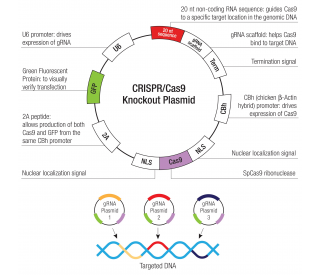
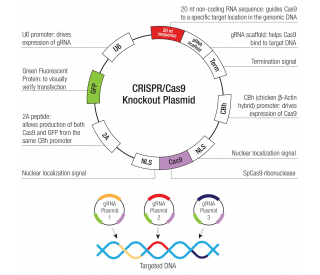
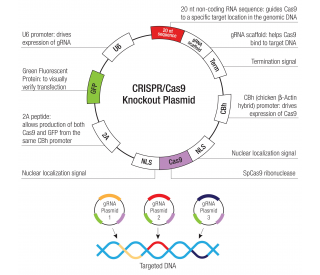
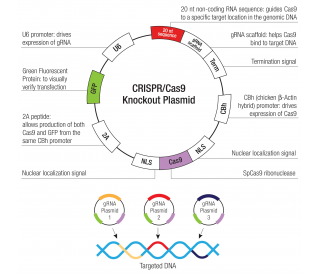
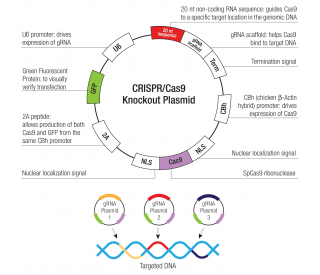
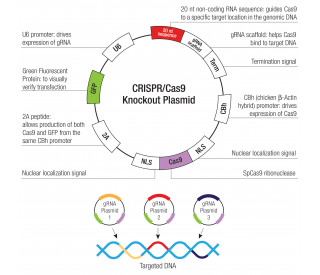



 粤公网安备44196802000105号
粤公网安备44196802000105号